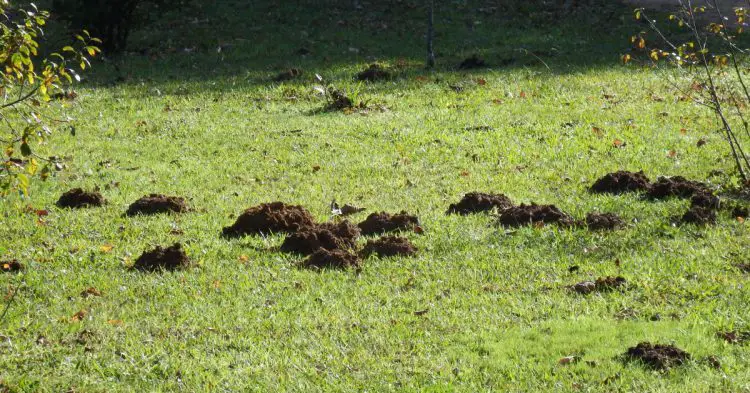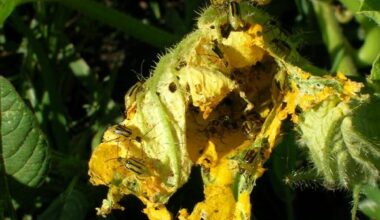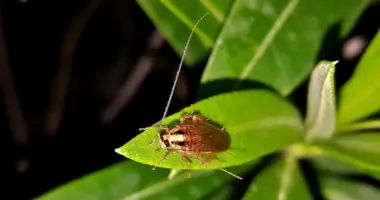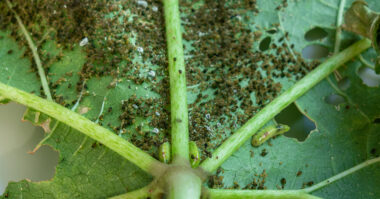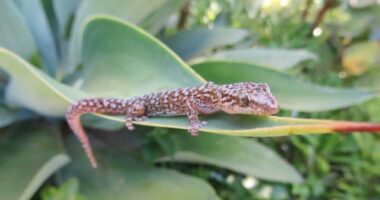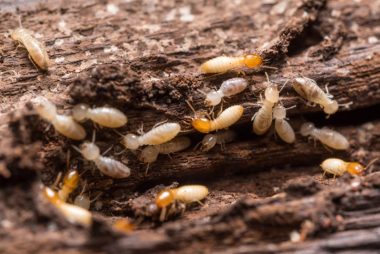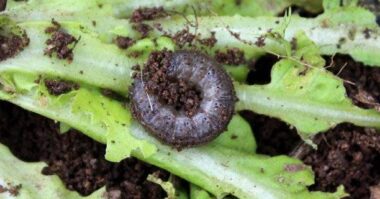When moles and gophers have invaded our lawns or gardens, we have only one desire, to exterminate them as quickly as possible. A small warning, however, because this small insectivorous mammal plays a very important role in the fertility and aeration of the soil. Here’s how to hunt them naturally.
Contents
How to get rid of moles and gophers?
We must try to dislodge moles and gophers rather than trying in vain to kill them. The chemical methods touted by product merchants are quite ineffective (with a success rate of 7%) and often dangerous for humans and the environment. Unless you have the services of a mole (it is a recognized profession and the Château de Versailles employs one full time), there are a few natural methods to repel moles from your lawn.
The simplest method is to systematically rake the molehills. This is often enough to disturb the moles and cause them to move, not to mention the fact that the grass grows back very quickly afterwards. You can also use certain plants that tend to make them flee. Plants with bulbs, such as fritillary, hyacinth or garlic seem to keep moles and gophers away.
Elderberry would have the same effect; this is how elderberry branches are arranged around the area to be protected. There is even a euphorbia, called mole grass, which is supposed to repel them. In fact, it is not the plant itself that drives away these dear little mammals, but the corrosive latex contained in its stems which, when introduced into the underground galleries, burns the mole and gopher’s nose. It has also been noted that castor oil cake, a 100% natural fertilizer that is used as a bottom fertilizer on the lawn or in the vegetable garden, repels moles and insects.
There are also commercially available ultrasonic solar devices that emit sounds every 30 seconds that are imperceptible to humans, forcing the moles to move. Placing dog hair on molehills would also be effective in scaring them away.
Plants which push back the moles and gophers:
-
1) The mole grass (Euphorbia lathyris)
The purge (Euphorbia lathyris) is a biennial herbaceous plant of the Euphorbiaceae family, quite common in Europe for a very long time, it used to be found in every garden! Very original with its large stems presenting beautiful and regular lanceolate leaves with bluish reflections, it is also a useful plant in the garden since it is used to hunt moles and gophers, which explains its different names (mole grass, chase gophers …).
This biennial plant with a particular port can reach a height between 30 and 150 cm. The leaves, of a bluish green are stalkless, elongated, narrowing towards their extremity ended by a small point. The flowers which are actually small condensed inflorescences appear between June and July.
This plant enjoys an already old reputation as regards are repulsive capacity against the moles and gophers! In spite of everything, the plant itself does not have the power to chase away moles and gophers, but only the latex contained in the plant.
Indeed, the reputation given to this plant must be attributed to the broken branches that are introduced into the galleries of the mole (or vole), it is the corrosive latex that damages the nose of the mole and gophers and not the plant itself. You can also make a fermented extract of Euphorbia lathyris and water it in the galleries, its effect is truly repellent!
How to sow and grow Euphorbia lathyris in your garden?
With regard to sowing: It can be done either under cover in the spring or in the fall. For its culture, this not very demanding plant does not require any particular maintenance if it is not to always maintain the drained ground at its foot. It particularly appreciates sunny or half-shaded exposures. It is perfectly rustic and this at least until -20°C.
The mole and marmot grass tends to resow spontaneously and can even become relatively invasive in the garden, so it is important to manage its progress by harvesting the seeds. Be careful when handling the plant because all its parts are toxic. The contact of the latex with the skin can also create a rather fast and persistent irritation.

-
2) The imperial crown (Fritillaria imperialis)
Don’t trust the beauty of the flowers of the imperial fritillary (Fritillaria imperialis). Indeed, when you approach it, you will notice that the plant does not smell good. This disgusting and pestilential smell comes from the bulbs of the imperial crown. This effluvium spreads in the ground and thus moves away the moles. In addition, this repellent is also recommended against rodents such as mice, field mice and voles.
If you plant moles in your flower beds, lawns and flowerbeds, there is very little chance that the moles and gophers will make their home in your garden. The imperial fritillary will be especially useful in the winter and fall, when the attacks of these underground animals are more intense and more frequent.
Just like mole grass, this bulbous plant is also hardy. This is why it is necessary to take care of its plantation as soon as the first rays of sunshine arrive, when the ground starts to thaw. Thus, the bloom can intervene as of the end of April or at the beginning of May. Otherwise, to optimize its effectiveness the imperial crown will be to plant in groups of five or six. And so that this perennial plant develops well, but especially quickly, a fertile ground, but on the other hand well drained is essential to him.
How to sow and cultivate the imperial crown in your garden?
In a loosened ground, make holes 30 cm deep. Pour sand or fine gravel, then place the bulbs by tilting them. This precaution prevents water from accumulating in the central hollow of the bulb and prevents it from rotting. Cover with sand and then with a layer of soil.
As soon as the foliage has wilted, fold the plant down to the ground. Imperial fritillaries do not like to be moved. When they like it, the tufts grow larger every year.
The bulbs produce bulblets that flower when they are big enough. When digging up the plants, every three or four years, detach these bulbs and replant them.
Summary
Fritillary imperialis, euphorbia lathyris … Some plants grouped under the name of mole grass and marmot grass are known to scare away these small underground animals. It is in fact the smell of their roots that is supposed to drive away this small mammal.
In this article we explain how to plant and sow this plant.
